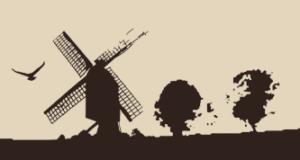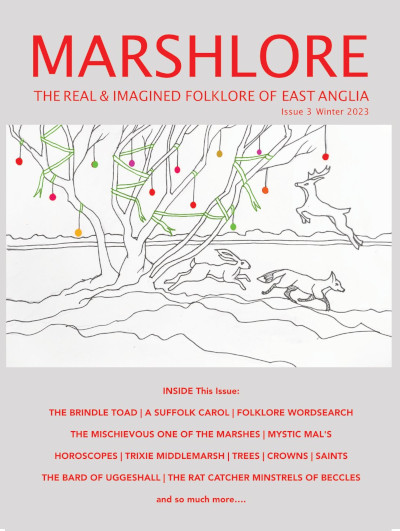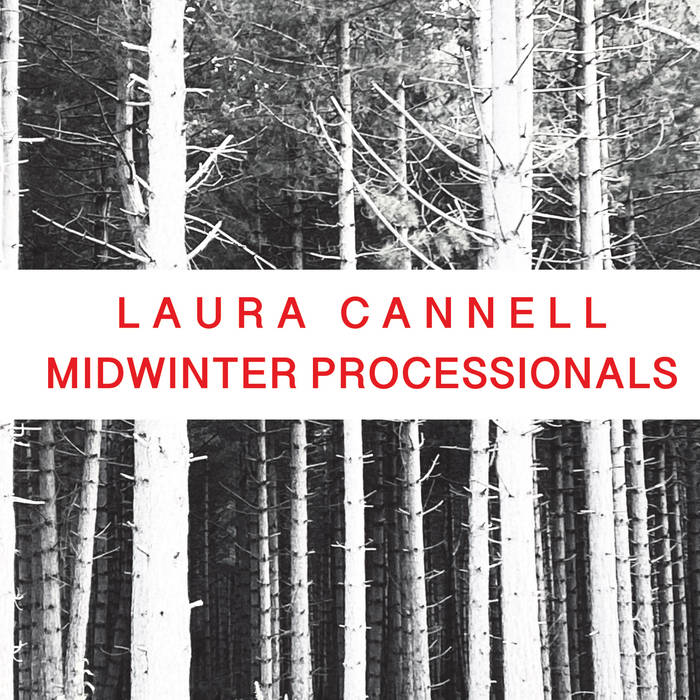
Having become more focused on the worlds of folklore, folk-horror, acid folk, ancient sites, retro-futurism and hauntology in the past couple of years, I have noticed, and been hugely impressed by, the explosion of creativity that has stemmed from an interest in those areas. Be it via new indie labels or artists doing it themselves via Bandcamp, zines, blogs or podcasts, or simply via sharing ideas or artwork via social media, the movement that is now popularly referred to as the folk-revival shows no sign of abating. There is so much out there to explore, which brings me to the purpose of this blog post; the thought that it might be nice to have a regular round-up of some of the best of all the new, and newly discovered, music, artwork, podcasts, blogs, TV, films and zines. So, without further ado, here is our first offering, imaginatively entitled Reverb Round-Up #1…
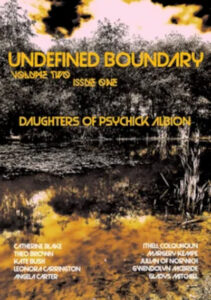
In terms of encompassing the worlds of folklore, folk-horror, psychogeography and hauntology, and illustrating how they interlink, there can be few better places to start than with Undefined Boundary: The Journal of Psychick Albion, a periodical zine produced by independent publisher Temporal Boundary Press. I hesitate to call it a zine because at over 100 pages per issue it has the feel of a book than a zine in the conventional sense. As editor Cormac Pentacost states in his introduction to Volume One, Issue One, “The purpose of Undefined Boundary is not to wallow in the comforts of the past; it is to refuse the axiomata of the present and to blast open the possibilities of the future.” That sets the tone perfectly for a collection of scholarly articles and essays from selected writers on subjects ranging from the 1970’s TV series Shadows and TV play Penda’s Fen, contemporary British Horror movies, William Blake’s vision of Albion, the mysterious case of The Tregerthen Horror, the art and lives of artists Ithell Colquhoun and Paul Nash, liminal discographies, and interviews with the likes of artist Stephen Harwood and musician Bill Nelson. As the subtitle suggests, the concept of Albion is at the heart of Undefined Boundary, with the ‘psychick’ element concerned with the mystical, radical and mythical nature of Albion as an idea and how it relates to our modern times and the folk revival that we are now experiencing.

In that same introduction to Issue One, Cormac identifies Kate Bush as being an important figure in the hauntological movement, in large part due to the prominent role that ‘Running Up That Hill’ plays in the TV series Stranger Things. That idea links neatly to one of the stand-out articles in the latest issue, ‘Two Steps on the Water’ by Daniel Petersen, in which Petersen discusses the influence that folklore, and more specifically folk-horror, has had on Bush’s work. Both ideas are intriguing and ultimately convincing, and illustrate how prominent a role folklore, hauntology and the Albion ideology has been playing in creative minds for some time.
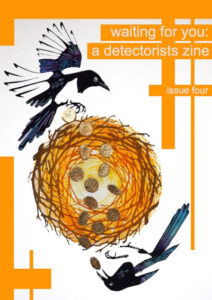
So, on that note, what about the connection between Detectorists and folk-horror? That isn’t as unlikely as it sounds, as an article in the latest issue of Waiting For You: A Detectorists Zine, explains. Also from Temporal Boundary Press, Waiting For You is, as you might expect, lighter in tone than Undefined Boundary but not without the same depth of thought. It’s a heartwarming homage to a much-loved TV series, packed with articles that will serve to reinforce and expand its appeal. To take the latest issue (issue 4) as an example, alongside George Parr’s convincing examination of Detectorists place in the folk-horror canon sits a behind-the-scenes look at some of the buried treasure unearthed in the series from the creator himself, jewellery maker George Easton, as well as an Aardman Animation style re-enactment of Terry’s ‘Button Talk’. Undefined Boundary and Waiting For You: A Detectorists Zine are available from https://temporalboundary.bigcartel.com
Still on the subject of zines, now onto its third issue is Marshlore, a publication produced by Laura and Sarah Cannell. Fans of Weird Walk will definitely enjoy this, filled as it is with folkloric tales and a look at local customs, focused mainly upon the fenland regions of East Anglia. Where it differs is that, much like a conventional newspaper or perhaps even a Parish Magazine, there are horoscopes, wordsearch puzzles, spoof village announcements, and more besides. I’m sure that most of you will already be familiar with Laura Cannell via her wonderfully evocative music, released through her own Brawl Records label. Well, a special mention must be given to her latest album, Midwinter Processionals, which was released too late in the year to have made it into our 2023 review, but which is now one of my favourite albums of last year. The follow-up to 2022’s equally evocative Antiphony Of The Trees, whereas that album focused on the recorder as the key instrument, this time violin and synths are thrown in. The music was recorded in Norwich Cathedral, and the resulting sounds are transportative, being both heavenly and mournful whilst wholly atmosopheric, absorbing the acoustics of the Cathedral, whilst the subtle electronica reminds us that beyond those walls the heart of the city and the modern world is still beating. To get a copy of Marshlore click on the picture, Laura Cannell’s music is available here: https://brawlrecords.bandcamp.com/

Whilst you’re on Bandcamp, shift along the folk dial an inch to check out new-ish label Fenny Compton, and if that name sounds familiar it might be because you’ve recently been watching ‘Mr Bates vs The Post Office’, in which the village of Fenny Compton was used as the meeting place for the branch managers affected by the Post Office scandal. Set up by Mat Handley, who also founded the now well-established Woodford Halse records, the Fenny Compton label releases lathe cut singles in short runs, the latest of which is Angeline Morrison’s ‘It’s Not Fine’. I would also recommend investigating Morrison’s debut album, ‘The Sorrow Songs: Folk Songs of Black British Experience’, released in 2022 on the legendary Topic label. Inspired by such folk luminaries as Shirley & Dolly Collins and Anne Briggs, Angeline’s songs reflect the lost and forgotten lives of her Black UK ancestors in a folk style that manages to sound both authentic and modern. But before you check that out, linger for a while in the Bandcamp frequency and slide over to the cosmic regions and you will encounter Dreamlord Recordings, where you will hear some dazzling contemporary kosmische and psychedelic albums by the likes of Arboria, Korb and Studio Kosmische, all of which are available to download or to buy on vinyl.
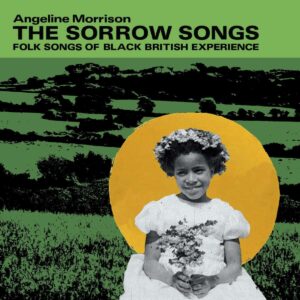
When traversing the slippery online slopes of folklore, folk-horror, hauntology and the paranormal, it won’t take long before you encounter one Richard Daniels, although you may not always realise that it is him. For he takes many forms, be it as conductor in chief of musical combo The Burial Group, curator of The Lost Glove Society, author of Earth To Earth: A Beginner’s Guide To Unwitching or CEO of publishers Pylon Phaser. But is in his guise as co-creator of the zine, blog and podcast Occultaria of Albion that we shall focus on here. The Occultaria of Albion universe is an alternate one, alive with intriguing tales of witchcraft, ghosts, corrupt corporations, mutant pond life, forgotten folk bands and Cosmic Ramblers, but once immersed within it the boundaries between the Occultaria and the standard version of reality soon become blurred. So where would be a good place to start exploring this weird and wobbly hinterland? The latest episode of the podcast – ‘The Last Hex’ – is as good a place as any, and you should then pick up one of the 18 volumes of the OA case files. Your life could be changed forever… find out more at https://www.occultariaofalbion.co.uk/
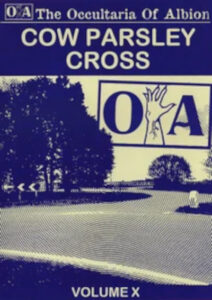
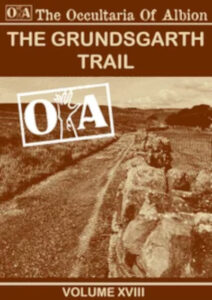
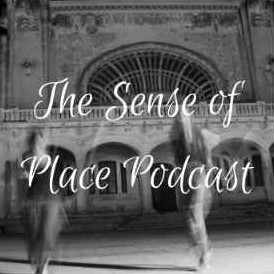
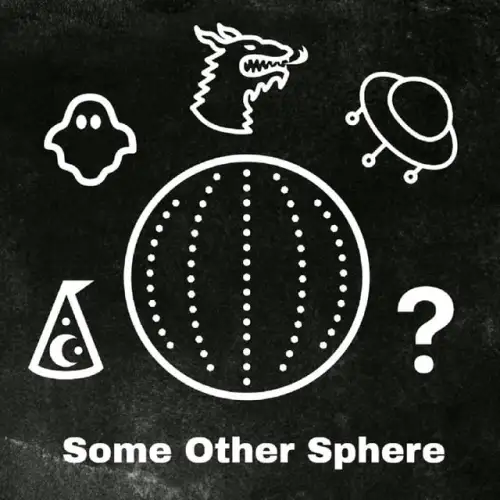
Talking of podcasts, two that I have discovered in the last couple of years, and have subsequently become lost in, are Sense of Place and Some Other Sphere, and as if to prove his aforementioned ubiquity, Richard Daniels has made an appearance on both. Set up and run by Ailish Jane, Sense of Place began in 2019 and is now onto its 26th episode. As Ailish explains on the website, “In general, sense of place describes our relationship with places, expressed through the intangible and tangible aspects of human life: emotions, imagination, sound, touch, stories, sight, smell and personal experiences”. Subjects covered so far include mudlarking, field recording, dark tourism, the offbeat shop fronts of Ireland, zine culture and a typically engaging chat with the Grand Master of Hauntology himself, Bob Fischer. Equally engaging is Some Other Sphere, a podcast bought to us by Rick Palmer. As with Sense of Place, each episode is in a conversational format, with Some Other Sphere featuring a variety of guests discussing all things folkloric and paranormal, and there are always enlightening and thought provoking ideas to be heard. Now onto Episode 111, for anyone new to the podcast there is a lot to catch up on, but episode 21 might be a good place to start, as Rick discusses the Sense of Place podcast with Ailish Jane.
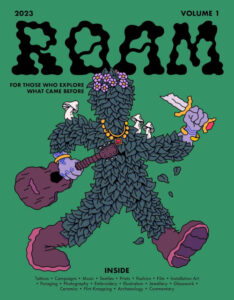
Moving full-circle back to zines, another new addition to the racks is Roam – https://roamfolk.com/ Aimed at “those who explore what came before”, it is a colourful and lavishly produced celebration of the folk revival, focusing on exactly that creative explosion I mentioned at the start. It isn’t cheap, priced at £25 per copy, but, in full colour and at 150 pages it is more like a coffee table book than a standard zine. And you get a lot of information for your money – Roam includes features on a host of writers, artists and musicians whose work is strongly influenced by folklore, rituals and beliefs from past centuries, whilst often adding a contemporary twist that takes the current folk movement beyond being that of a mere revival. But what you also getting for your money is a rabbit hole, with its articles encouraging you to explore further. Featured artists include the aforementioned Angeline Morrison, Stone Club (who will already be familiar to modern antiquarians & stone seekers), imaginary folklorist Libby Bove – whose work includes an imaginary ritual to ensure vehicular health called ‘So Turns The Wheel of the M.O.T.’ – and a host of other creatives that include photographers, tattoo artists, toolmakers, fashion designers, foragers, filmmakers, sculptors and playwrights. But the rabbit hole that has taken me the deepest stems from the feature about Offbeat, a collective who host film and music events, including archive folky film from Britain’s not so distant past. From that feature I have finally got around to watching the brilliant 1966 Waterson’s documentary ‘Travelling for a Living’, as well as a string of documentaries about witchcraft, wassailing, and eel fishermen. A slippery slope indeed.
